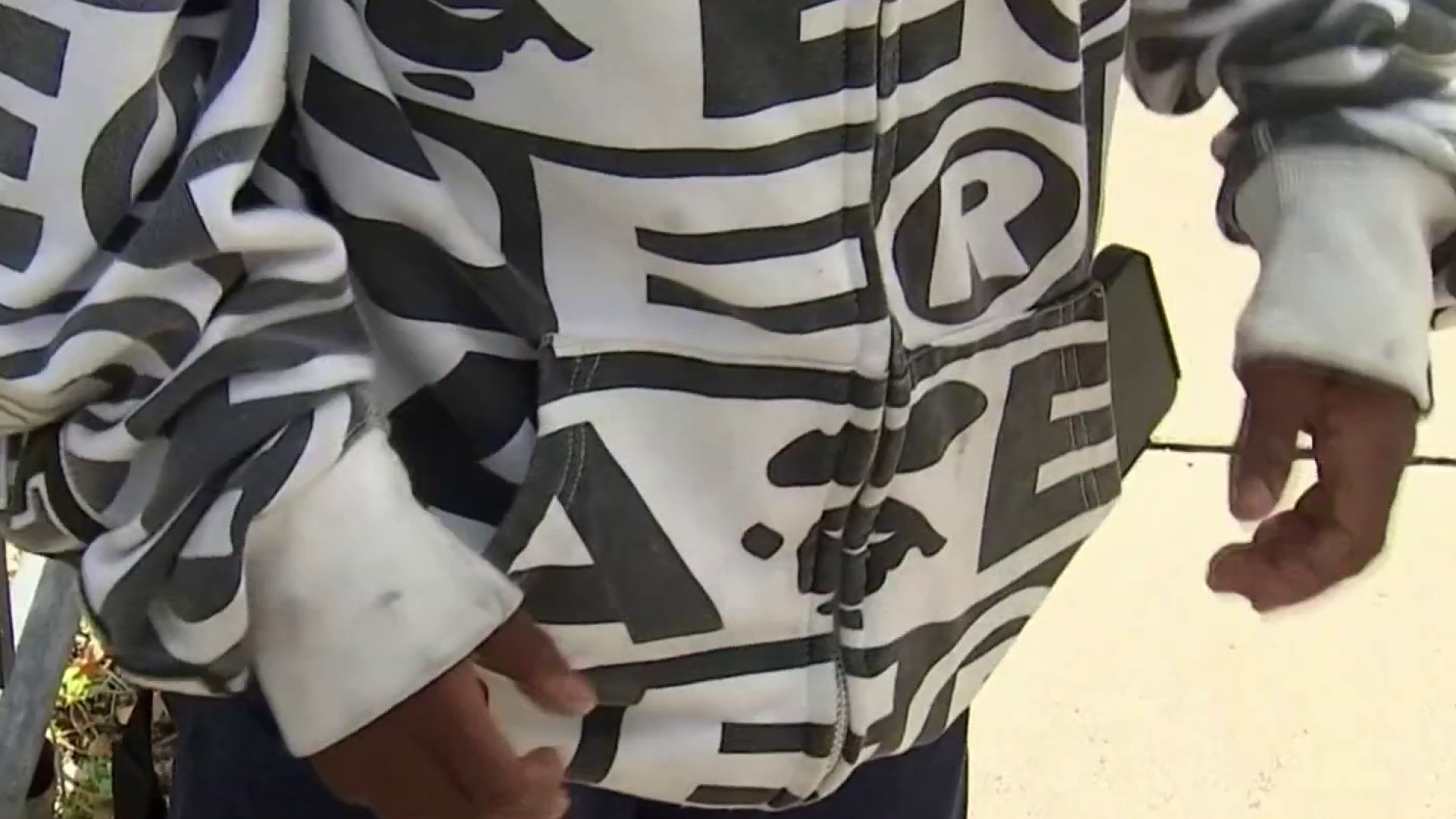Some of South Florida's most popular beaches will be particularly vulnerable to erosion and major damage if the state experiences a series of hurricanes, as it did in 2004 and 2005, because officials have run out of an important material: sand.
Miami-Dade and Broward counties are the first in the state to deplete their offshore sources of sand that can be used for beach renourishment projects, said Tom Martin, a senior coastal engineer with the U.S. Army Corps of Engineers.
The corps has prioritized Miami-Dade's sand problem this week in a series of public meetings from Miami Beach to Fort Pierce, seeking input for the first phase of the process to identify a new source of sand.
"The general perception is the ocean is full of sand, but to get the sand in an environmentally responsible way, to get sand compatible with what's on the beaches, it's difficult at times," Martin said.
Laces the Manatee Swimming Free After Year of Rehab
There's more than enough sand available off southeastern Florida for beach renourishment projects in five counties over the next 50 years, according to a new study by the corps and the Florida Department of Environmental Protection.
However, almost all of it is located in state or federal waters off St. Lucie, Martin and Palm Beach counties — not Broward or Miami-Dade.
Local
Beach renourishment projects have continued along roughly 200 miles of southeastern Florida shoreline since the late 1970s, providing a buffer between coastal development and infrastructure and the eroding forces of ocean waves and storms. Sand for those projects typically comes from nearby sources for cost reasons.
Now that those nearby sand sources are depleted in Miami-Dade, the corps is considering alternatives such as inland sand mines, sand dredged from deeper offshore waters, from the Bahamas or other international sources, or the offshore sites identified farther north along Florida's Atlantic shore.
Miami-Dade's shoreline should hold up relatively well if there's a storm, thanks to beach renourishment projects over the last year using the last of the available sand dredged off the county, said Matthew Schrader, a coastal engineer with the corps.
Vacationing Teen on Shark Bite: Like Cement Crushed My Feet
Back-to-back storms or a series of stormy weather events, however, would put the county at a disadvantage until an alternative source of sand was secured, a process that could take a few years.
"If we get hit by a large storm, unlike in the past where we knew we had resources right off our coast, those simply don't exist now," said Stephen Blair, chief of restoration and enhancement in Miami-Dade's department of environmental resources management. "That vulnerability is very real."
Blair noted that Broward County shares similar concerns, and he said he would like to see the available sand managed across the region instead of by proximity to individual counties or municipalities.
Sand for short-term fixes could be trucked in from inland sand mines in central Florida, but that's logistically difficult and not cost-effective for long-term projects or major post-storm damage, Schrader said.
Miami-Dade's dwindling sand problem is nothing new, Martin said. Officials first started exploring the Bahamas as a source for the county in the 1980s.
Miami-Dade and Broward historically have had fewer sources of sand than other Florida counties, Martin said.
Dead Shark Mysteriously Ends Up on Subway
"Here we have coral reef systems that constrict the areas where we can go to retrieve sand," Martin said. The continental shelf also narrows off Broward and Miami-Dade counties, leaving even less space available for dredging before the ocean floor drops off.
Identifying sources of sand isn't as simple as just hauling it from the bottom of the ocean to shore.
If the grains of sand are too fine, they'll cloud the water and smother reefs and other marine life. Grains too dark in color can get too hot, which can affect sea turtle nests. Other considerations include costs and whether dredging will impact nearby corals or fishing grounds.
Meanwhile, Congress has dictated that international sources of sand can be used only if domestic sources are not economically or environmentally viable.
Weird Stories:



